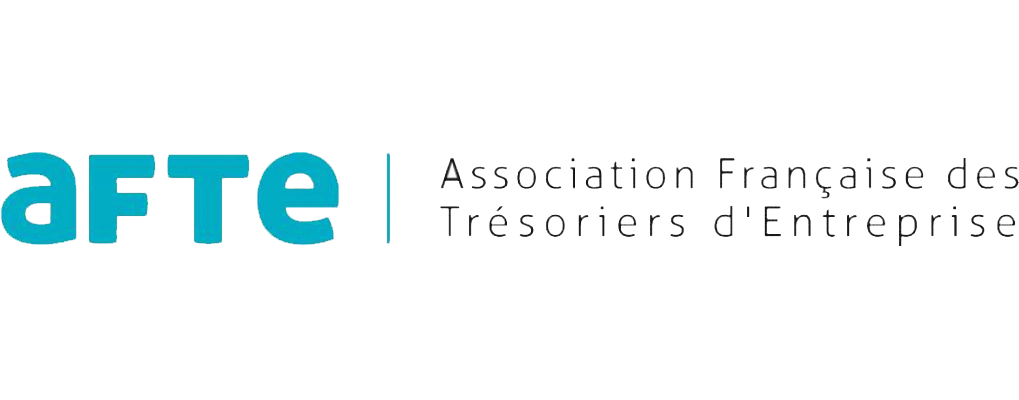When Technology Meets Factoring:
A Former Treasury Director Reflects on Hidden Frictions

When balance mismatches, data rejections and clunky file formats paralyse factoring operations, cash flow suffers. But smarter tools are rewriting the rules. Former Finance & Treasury Director Simon Daller shares how automation helped him restore momentum… and control.
Forget the 100% financing myth
The theoretical promise of factoring is simple: sell €100 in receivables, receive €100 in financing. But in practice, numerous variables interfere : guarantee reserves for risk coverage, invoice exclusions, eligibility mismatches, and unexplained discrepancies between assigned batches.
According to Daller, the lack of real-time visibility on these parameters can distort expectations. What seems like a high financing rate on paper often falls short once operational constraints come into play. The use of upstream automation, such as pre-assignment checks and file validations, has emerged as a lever to improve both the percentage financed and the speed of fund disbursement, leading to measurable ROI gains.
Manual Processes as a Hidden Cost
Factoring workflows are highly data dependent. Feeding a factor with reliable, up-to-date information requires precision and consistency. When those tasks (data extraction, formatting, transmission) are handled manually, each file becomes a potential bottleneck.
In many organisations, these tasks consume several hours per batch and expose the company to human error. By connecting ERPs, accounting systems and factor portals via API or sFTP, companies can streamline the process. Automation not only reduces internal workload, it also makes the financing process more predictable, moving closer to an invoice-to-cash dynamic that is both instantaneous and transparent.
The Critical Role of Balance Reconciliation
Among the main causes of delayed financing is the presence of balance mismatches between client records and the factor’s own systems. Even minor discrepancies can result in multi-day delays, significantly affecting working capital requirements.
To address this, some companies are now implementing daily automatic reconciliations using factor confirmations. Combined with pre-assignment controls and real-time reporting of accounting variances, this approach allows teams to correct issues before they become blockers : reducing both downtime and operational uncertainty.
Changing Factors Without Starting Over
Switching factoring partners is often seen as a high-risk operation, requiring internal teams to rebuild or adapt data structures, file formats and communication protocols. Yet these transitions can be executed with minimal disruption, provided that the right tools are in place.
Dedicated connectors that embed the specifications of major factoring partners now make it possible to automate mapping, formatting, and testing in parallel with existing operations. This enables a smoother migration, with real-time alerts and contingency plans in place, and without additional workload for operational teams.
Technology-Driven Results
Afakto, a SaaS platform designed by finance professionals for finance teams, has positioned itself as a solution to these operational pain points. By centralising visibility, automating data exchanges and providing compatibility with multiple factoring partners, it allows companies to take control of their factoring processes without overhauling existing systems.
Results reported by users include:
+20% increase in financed receivables
–90% reduction in manual processing time
–50% decrease in operational factoring costs.

